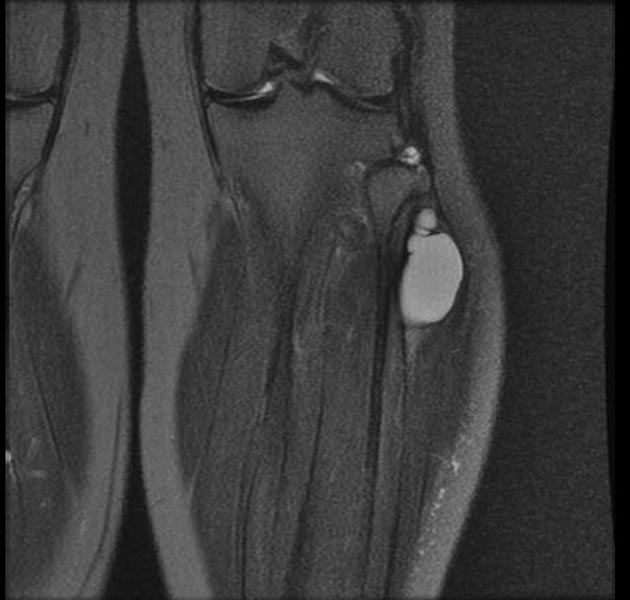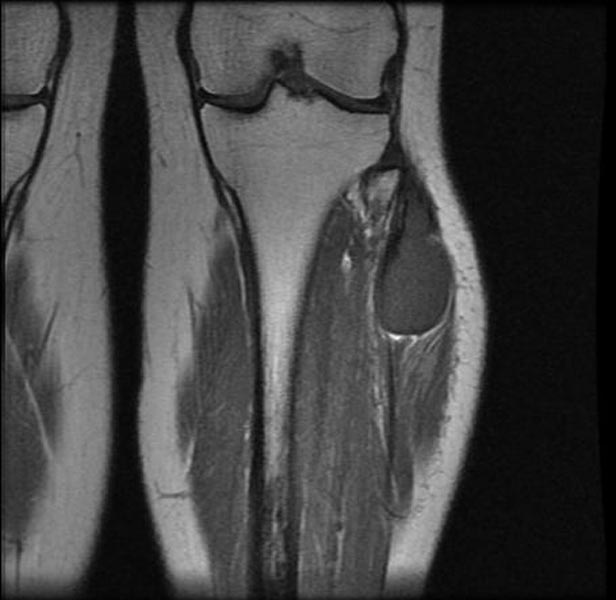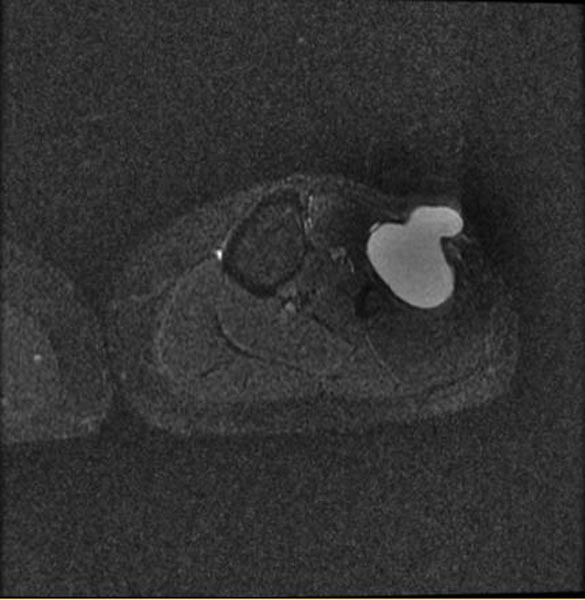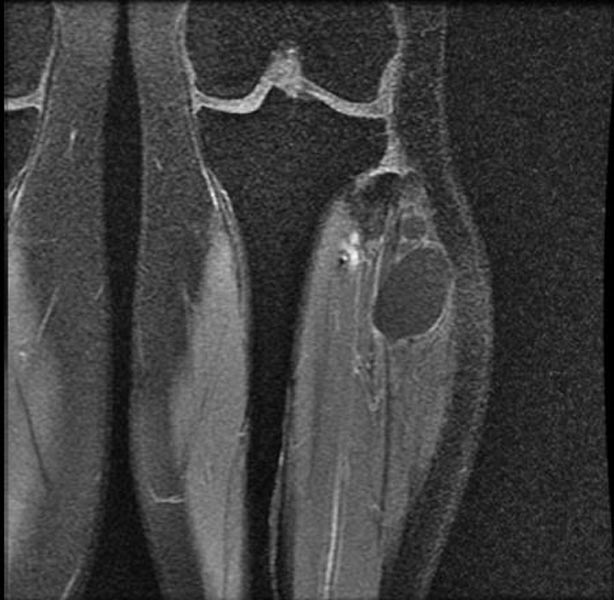Ganglion cyst
| Ganglion cyst | |
| ICD-9 | 727.4 |
|---|---|
| DiseasesDB | 31229 |
|
WikiDoc Resources for Ganglion cyst |
|
Articles |
|---|
|
Most recent articles on Ganglion cyst Most cited articles on Ganglion cyst |
|
Media |
|
Powerpoint slides on Ganglion cyst |
|
Evidence Based Medicine |
|
Clinical Trials |
|
Ongoing Trials on Ganglion cyst at Clinical Trials.gov Trial results on Ganglion cyst Clinical Trials on Ganglion cyst at Google
|
|
Guidelines / Policies / Govt |
|
US National Guidelines Clearinghouse on Ganglion cyst NICE Guidance on Ganglion cyst
|
|
Books |
|
News |
|
Commentary |
|
Definitions |
|
Patient Resources / Community |
|
Patient resources on Ganglion cyst Discussion groups on Ganglion cyst Patient Handouts on Ganglion cyst Directions to Hospitals Treating Ganglion cyst Risk calculators and risk factors for Ganglion cyst
|
|
Healthcare Provider Resources |
|
Causes & Risk Factors for Ganglion cyst |
|
Continuing Medical Education (CME) |
|
International |
|
|
|
Business |
|
Experimental / Informatics |
Editor-In-Chief: C. Michael Gibson, M.S., M.D. [1];Associate Editor(s)-in-Chief: Kiran Singh, M.D. [2]
Overview
A ganglion cyst (also known as a bible bump) is a swelling that often appears on or around joints and tendons in the hand or foot. The size of the cyst can vary over time, often becoming more inflamed if irritated. It is most frequently located around the wrist and on the fingers.
Cause
The exact cause of the formation of ganglion cysts is still unknown. They are believed to be caused by overuse of a specific joint, which results in the degeneration of the surrounding fibrous tissue and the development of a cystic structure.[1] The cyst contains clear fluid similar to synovial fluid. They are most often found around the wrist joint, which accounts for 90% of all ganglion cysts.
A common misconception is that ganglion cysts are due to pockets of the synovium protruding from the joint capsule. However, this would not account for the toughness of the cyst.
Diagnosis
Physical Examination
Skin
Extremities
-
Ganglion cyst. Adapted from Dermatology Atlas.[2]
-
Ganglion cyst. Adapted from Dermatology Atlas.[2]
-
Ganglion cyst. Adapted from Dermatology Atlas.[2]
-
Ganglion cyst. Adapted from Dermatology Atlas.[2]
-
Ganglion cyst. Adapted from Dermatology Atlas.[2]
-
Ganglion cyst. Adapted from Dermatology Atlas.[2]
-
Ganglion cyst. Adapted from Dermatology Atlas.[2]
Treatment
Frequently, the cysts will disappear over time. In cases of small cysts that do not cause other symptoms, no other treatment is necessary.
If a ganglion cyst is symptomatic, it can be managed by aspiration or excision. Aspiration of the cyst is the simpler of the two procedures, but cysts recur in approximately 50% of cases. With surgery, the recurrence rate is reduced to only 5 to 10% and complications rarely develop. Recurrence rates are lower when the hand or finger is immobilized for 1 to 2 weeks.
Arthroscopy of the wrist is becoming a viable alternative to open excision of ganglion cysts. During arthroscopy, the origin of the cyst can be seen. No immobilization is needed after arthroscopy.
Traditional method
One traditional method of treating a ganglion cyst was to strike the lump with a large, heavy book, causing the cyst to rupture and drain into the surrounding tissues. Since even the poorest households usually possessed a Bible, it was most commonly used, which led to the nicknaming of ganglion cysts as "Bible Bumps" or "Gideon's Disease". This method of treatment is effective, but is no longer recommended, as patients risk damaging the surrounding area around the cyst.[3]
Epidemiology
Ganglion cysts occur most often in the 20–60 age group and are three times more common in women.
External links
- Ganglions (cysts) of the wrist - American Academy of Orthopaedic Surgeons
- A Patient's Guide to Ganglions of the Wrist
- Ganglion cyst - Canadian Centre for Occupational Health and Safety




![Ganglion cyst. Adapted from Dermatology Atlas.[2]](/images/0/06/Ganglion_cyst01.jpg)
![Ganglion cyst. Adapted from Dermatology Atlas.[2]](/images/1/1b/Ganglion_cyst02.jpg)
![Ganglion cyst. Adapted from Dermatology Atlas.[2]](/images/9/92/Ganglion_cyst03.jpg)
![Ganglion cyst. Adapted from Dermatology Atlas.[2]](/images/1/15/Ganglion_cyst04.jpg)
![Ganglion cyst. Adapted from Dermatology Atlas.[2]](/images/d/df/Ganglion_cyst05.jpg)
![Ganglion cyst. Adapted from Dermatology Atlas.[2]](/images/9/99/Ganglion_cyst06.jpg)
![Ganglion cyst. Adapted from Dermatology Atlas.[2]](/images/9/9c/Ganglion_cyst07.jpg)